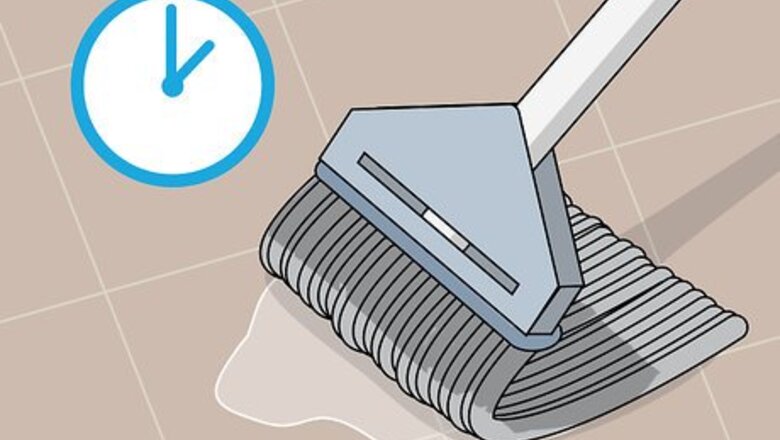
views
Performing Maintenance Cleaning
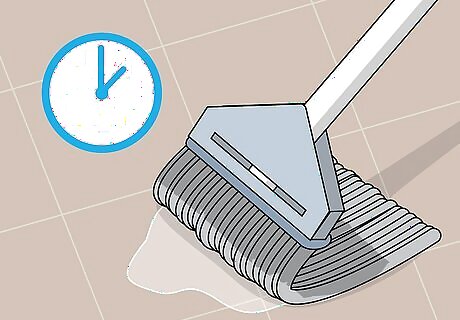
Wipe up spills quickly. Because quarry tile is usually unglazed, it can be stained if you're not careful. When something spills, be sure to wipe it up as quickly as you can so it can't stain the floor. You can use a bit of warm water for cleaning, but wipe it up once the area is clean.mo
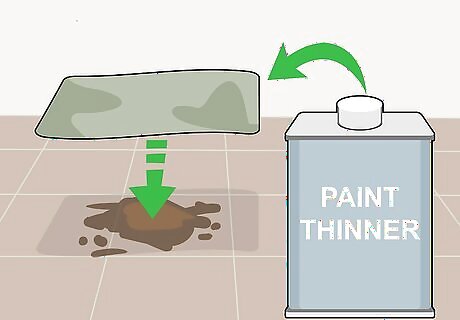
Use paint thinner on grease stains. If you get a grease stain that won't come up even after mopping, you can use paint thinner on it. Ventilate the room by opening the windows and doors. Dip a cloth in the paint thinner, and let it sit on the stain. Cover it with a piece of plastic so it doesn't dry out, and leave it for an hour or so. After waiting, lift it off, and wipe it down with a new cloth dipped in the solvent. Mop or clean as usual after that.
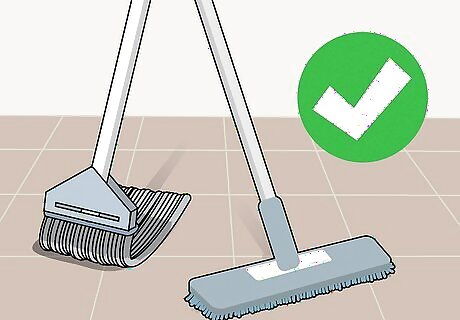
Pick a mop that won't be broken down by quarry tile. This type of tile can be coarse, meaning older string mops won't stand up against it. Opt for a wet microfiber mop for heavy duty use, a looped-ends knit mop, or a tube mop head. A synthetic mop works best.
Mopping the Floor with Warm Water
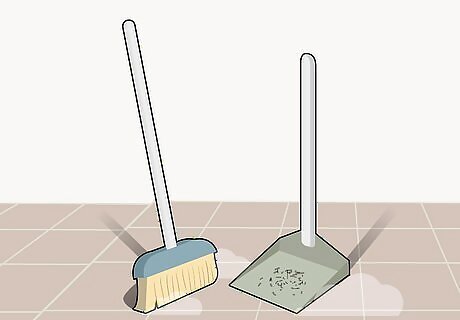
Sweep the floor or vacuum. Before mopping, sweep up any debris with a standard broom and dustbin. You can also vacuum the area if you prefer. You just want to start with a debris-free floor before you mop.
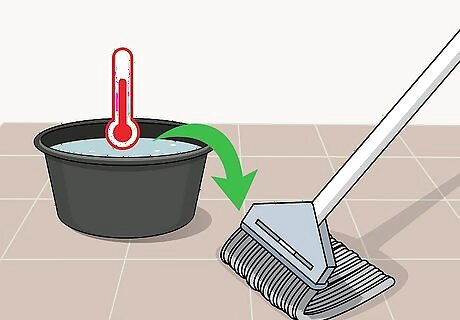
Clean the floor with a little warm water and a mop. This type of tile typically doesn't need a strong cleaner. For everyday cleaning, try dampening a mop with a bit of warm water, and then running it over the floor. Focus on particularly dirty areas as necessary.
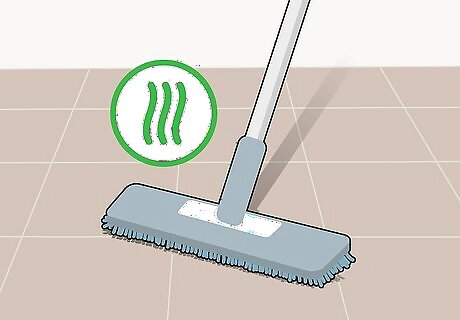
Dry the floor with a dry mop or rag to prevent mold. Once you've run water of the floor, be sure to dry it off thoroughly. It's not good for water to sit in this floor, as it can mold more easily than other types of tile.
Deep Cleaning the Tile
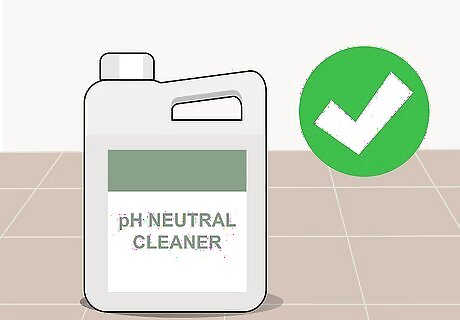
Pick a pH-neutral cleaner. You don't want an acidic or basic cleaner for this type of tile, so pick a cleaner that states it is pH neutral. You can find special cleaners specifically for quarry floors, if you prefer. You can also make your own cleaner. Mix 0.5 cups (120 mL) of baking soda into 1 gallon (3.8 l) until the baking soda is completely dissolved. Add 5 drops of liquid dishwashing detergent, and stir gently to combine.
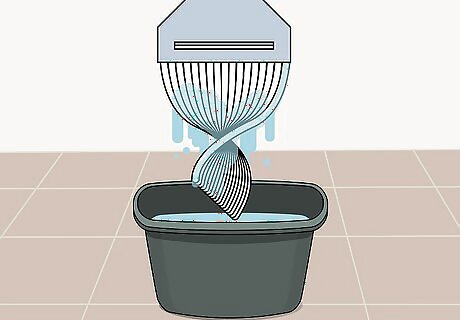
Dampen a mop with the mixture. Once again, you don't want to use a large amount of cleaner or water on this type of floor. Therefore, make sure you wring out the mop well once you've dampened it with the cleaner.
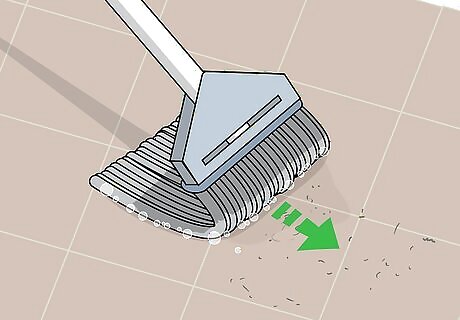
Mop the floor. Run the mop over the floor, focusing on particularly dirty spots. Scrubbing is fine on the dirty areas, though you don't want to use anything too abrasive. Keep in mind that this tile will always have a matte finish. You may need to scrub the grout a bit harder, but it will likely still get darker over time.
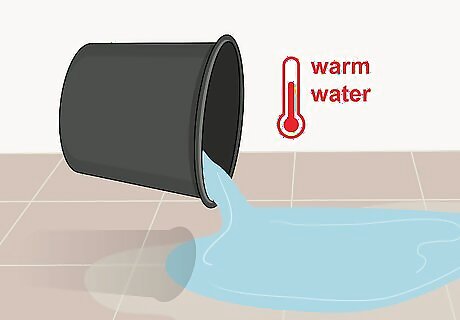
Rinse the floor thoroughly. You don't want to leave cleaner on the floor, as it can damage the tile. Rinse it off with warm water, making sure you get off all the cleaner before moving on.
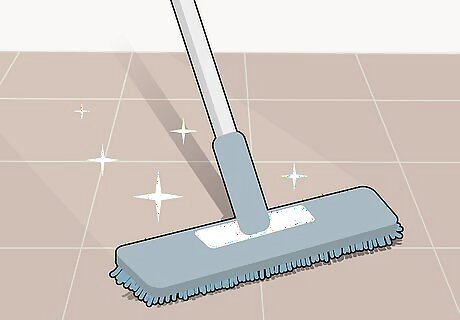
Dry the floor with a dry mop or rag. Once you've rinsed the floor, dry it off with a dry mop. You can also use a rag, if you prefer. You just don't want to leave water on the floor, even to "soak" stains.
Cleaning with Caustic Soda
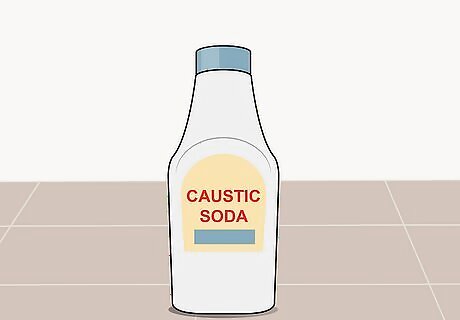
Purchase a caustic soda tile cleaner to clean grease or limescale. Check your local hardware store or online for cleaners that are specifically designed for quarry tiles. Pick a product that says it contains caustic soda or read the ingredients list to look for sodium hydroxide or potassium hydroxide. Caustic soda cleaners are safe to use on quarry tiles as long as you dilute the product properly. If you apply too much caustic soda, you'll get a white film on the surface of the tiles.
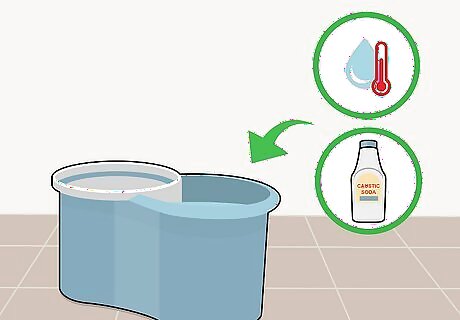
Pour the cleaner and hot water into a mop bucket to dilute it. Put on a pair of safety goggles and gloves to protect yourself from the caustic soda. Then, read the manufacturer's instructions to see the exact dilution ratio. Pour the caustic soda cleaner into a mop bucket and add the required amount of hot water. For instance, you may use 1 part cleaner to 32 parts water for a 3% dilution. Some products may recommend that you use cold water when you dilute the product so check before you begin.
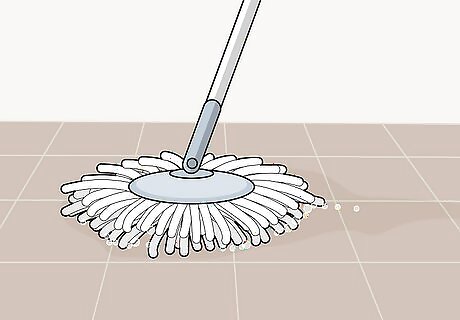
Mop or scrub the tiles with a bristle brush. Dip a synthetic mop or stiff bristle brush into the diluted cleaner and run it across the quarry tiles. Keep mopping or scrubbing until you've lifted the limescale or removed the oily spots.
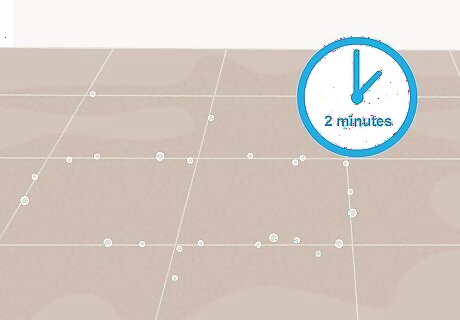
Wait 2 minutes for the caustic soda cleanser to deep clean. The manufacturer might recommend that you let the product sit on the quarry tiles so it penetrates the ceramic. If your product doesn't say to let the product sit, skip this step.
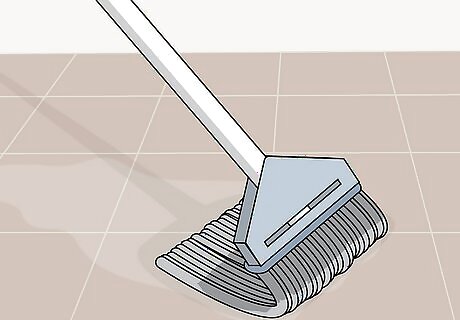
Mop the tiles with water to remove the caustic soda cleaner. Dip a clean mop in water and run it across the quarry tiles so it rinses off the cleaner. You may have to rinse out the mop a few times as you work so you're removing the caustic soda. If you still see a greasy spot or white limescale, you might need to do another treatment with the caustic soda cleaner.




















Comments
0 comment